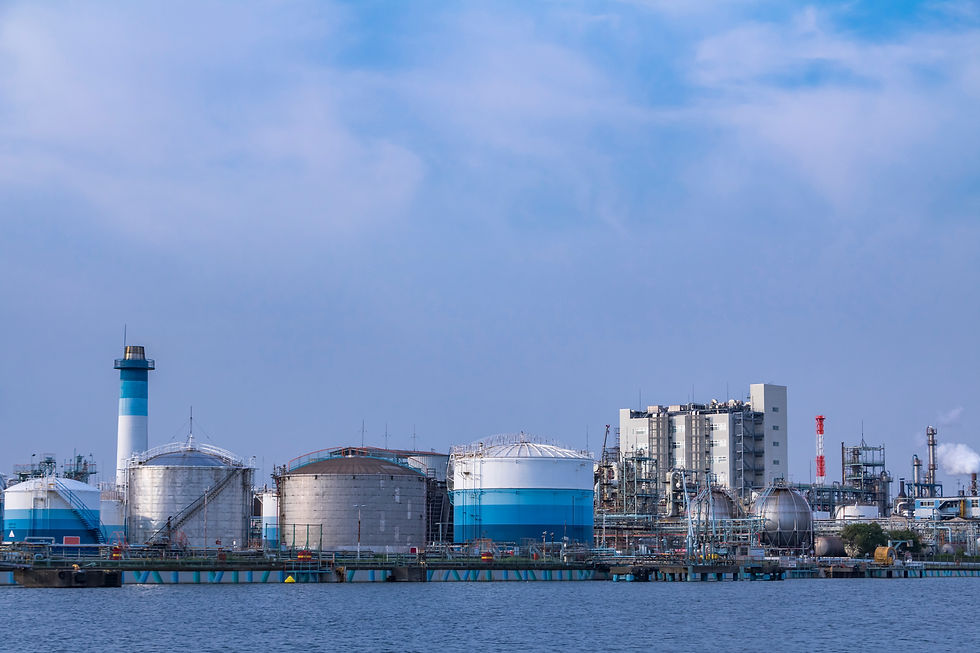What Do We Mean by ‘Bridge Fuel’?
- CEPM Staff
- Oct 2, 2020
- 2 min read
Around 2010, policymakers began to use the term ‘bridge fuel’ when discussing natural gas in the United States. The term has since been used by local, state, and federal officials when talking about the growth of the natural gas industry. It has even made it into presidential debates as candidates discuss national energy policy. But what does the term really mean? The term bridge fuel refers to the use of natural gas to supplement or replace fossil fuels like coal and oil while renewable energy technologies are developed or refined. In other words, natural gas is to serve as the bridge between other fossil fuels and renewables. Proponents of natural gas argue that the resource is an important part of the transition to renewable energy. They contend that natural gas burns cleaner than other fossil fuels and is plentiful in the United States. As such, it can help reduce some forms of air pollution and reduce the United States’ reliance on foreign oil as wind and solar technologies are introduced.
Opponents counter that natural gas is no cleaner than other fossil fuels and does nothing to reverse climate change. Furthermore, they suggest that natural gas shifts resources away from renewables in the energy sector and thus precludes a more rapid transition. Essentially, opponents argue that natural gas actually hinders the introduction of renewables more than it helps. Recent data made available by the Energy Information Administration (EIA) suggest that regardless of the term, a reliance on both renewables and natural gas in the United States is growing. In 2010, the United States consumed 24.57 and 8.27 quadrillion British Thermal Units of natural gas and renewables, respectively. By 2019, those figures had jumped to 32.10 and 11.46 quadrillion British Thermal Units. This represents an increase of 30.64 percent for natural gas and 38.57 percent for renewables in the United States between 2010 and 2019. It is unclear form the data made available by the EIA if the jump in renewables was facilitated by natural gas. However, the tremendous increase in renewables’ share in the energy mix should be heartening to energy policy leaders who are facilitating the transition to renewables. Experts expect the share of renewables to increase when data for 2020 is released later.



Comments